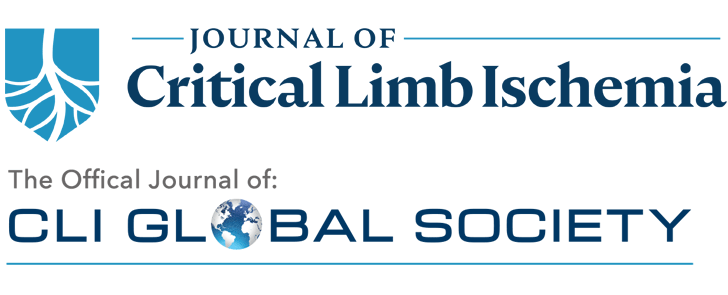Khanjan Nagarsheth, MD, MBA, RPVI
Peripheral arterial disease is a growing global burden, with chronic limb-threatening ischemia (CLTI), its most advanced stage, associated with high morbidity, mortality, and economic costs. While randomized controlled trials are the gold standard for evaluating treatment strategies, their external validity is often limited by strict inclusion criteria that exclude complex, real-world patients with CLTI. This review underscores the need for evidence-based pathways tailored to real-world CLTI populations.
In this study on caregiver burden, the Zarit Burden Interview (ZBI) and the Short Form Zarit Burden Interview (ZBI-12) were used to assess caregiver burden in 10 patients with lower extremity amputation who presented with a caretaker over a 3-month period.
In this discussion, CLI Global Society Publications Committee members Fadi Saab, MD, Zola N’Dandu, MD, KJ Nagarsheth, MD, and Bret Wiechmann, MD discuss the role the Committee plays in challenging the status quo and changing how patients with CLI are treated.
Phantom limb pain (PLP) is a common complication after major lower extremity amputations (MLEA), occurring in approximately 85% of patients. PLP significantly affects amputees’ mobility, ability to perform tasks of daily living, and overall quality of life (QoL). Previous studies have discussed surgical treatments for PLP that can improve ambulation and mobility after MLEA. The authors describe 3 patients who underwent peripheral nerve repair PNR to alleviate PLP and reported decreased pain and improved QoL.
Drs. Saab and Nagarsheth provide commentary on the article The Tack-Optimized Balloon Angioplasty (TOBA) II Below-the-Knee Trial: 36-Month Results by Adams, et al.

